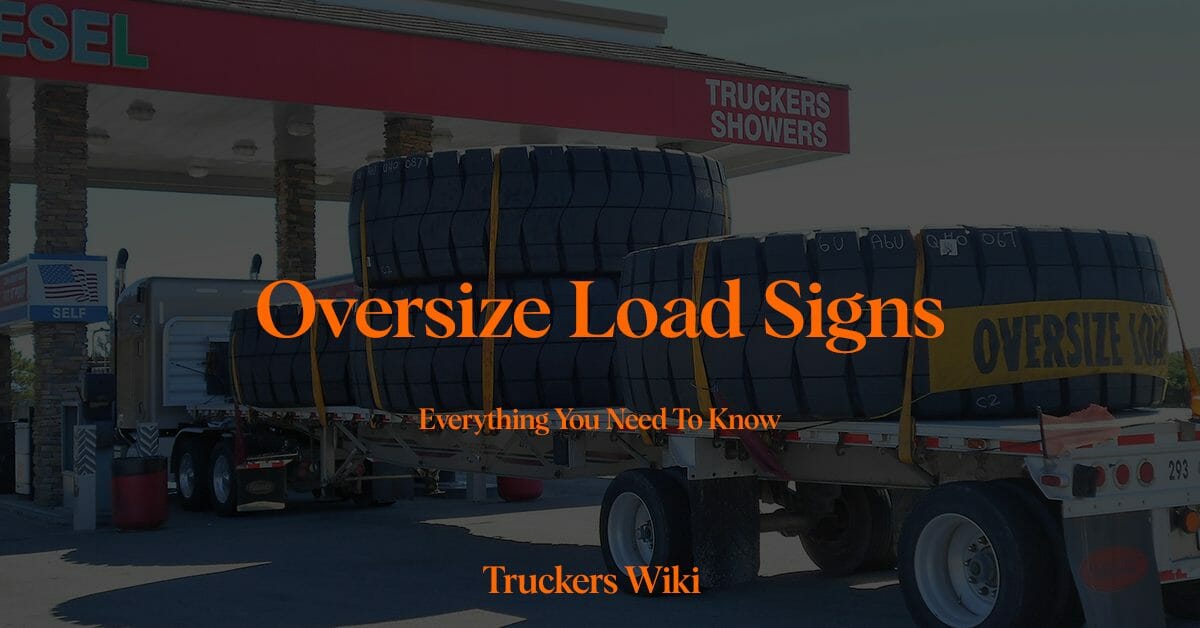
Table of Contents
What are Oversize Load Signs
Transporting oversized loads on public roads requires several measures to ensure the safety of all road users. In the USA, there are specific regulations in place regarding the display of warning signs and devices on oversized loads. The requirements may vary by state, but generally oversize load sign include the following:
“Oversize Load” or “Wide Load” Banners
These are bright yellow or orange signs with bold black letters, usually measuring at least 7 feet wide and 18 inches high. They are to be affixed to both the front and the rear of the oversized load, clearly visible to approaching traffic from both directions.
Safety Flags
Bright red or orange flags, typically 18 inches square, are required at the extreme points of the load. For example, if a load extends beyond the width of the vehicle, flags should be mounted at the widest points on both sides. If the load extends beyond the length of the vehicle, flags should be mounted at the rear-most point.
Warning Lights
In some cases, especially for loads that are extremely wide, long, or heavy, or when traveling at night or during poor visibility conditions, additional warning lights may be required. These may include flashing or rotating amber lights mounted on the towing vehicle and at the extreme points of the load.
Escort Vehicles
Also known as pilot cars, these are often required for particularly large oversized loads. Escort vehicles travel in front of and/or behind the load and are equipped with “Oversize Load” banners and warning lights. They help to warn other road users of the approaching oversized load and can also assist in navigating challenging routes or traffic situations.
Height Pole
For loads that are significantly taller than standard height, an escort vehicle may be equipped with a height pole. This pole is adjusted to the height of the load and is used to ensure the load can clear overhead obstacles such as bridges or power lines.
These measures collectively serve to alert other road users to the presence of an oversized load and to provide extra space and caution when approaching or overtaking the load. They are a critical component of the safe transportation of oversized loads.
Learn more about Oversized Loads here.

